Understand the Causes and Solutions of Solar Lights fogging
Solar lights have surged in popularity across the United States, illuminating everything from suburban gardens in Texas to coastal pathways in Oregon. These eco-friendly, cost-effective lighting solutions harness the sun’s energy, making them a favorite for homeowners looking to enhance their outdoor spaces without increasing their electricity bills. However, a frequent frustration for users is the fogging up of solar lights—a cloudy buildup of moisture inside the fixture that dims their glow and sometimes their performance. If you’ve ever wondered, “Why do solar lights fog up?” you’re not alone. In this article, we’ll explore the common signs of fogging, break down the reasons behind it, offer practical solutions, and share tips to prevent it, all tailored to the needs of American users like you. Let’s shed some light on this pesky problem.
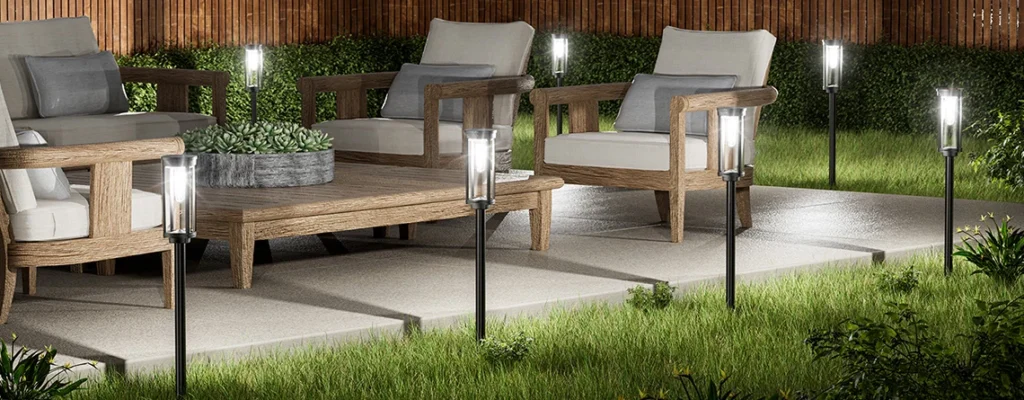
Common Signs of Fogging in Solar Lights
Fogging in solar lights is easy to spot once you know what to look for. Typically, you’ll notice a hazy or cloudy layer inside the light, often clinging to the lens or the solar panel itself. It might look like a thin film of mist or tiny water droplets, especially after a cool night or a humid day. For instance, if you’re in a damp region like Louisiana, you might see this more often than someone in arid Nevada.
This fogging doesn’t just affect the look of your lights—it can impact their performance too. The condensation can scatter the light, making it dimmer and less effective at illuminating your driveway or flowerbeds. In more severe cases, moisture on the solar panel can reduce its ability to absorb sunlight, leading to shorter battery life. If your lights in Minnesota start dimming during a chilly fall evening, fogging could be the culprit.
Analyzing the Causes of Fogging
So, why do solar lights fog up? The answer lies in a combination of design, weather, and environmental factors. Let’s dive into the three main causes.
Sealing Performance Issues
The most common reason solar lights fog up is poor sealing. These lights are built to withstand the elements—rain, snow, and wind—but if the seals around the lens, solar panel, or battery compartment aren’t airtight, moisture can sneak in. Over time, seals can wear out, especially on older or cheaper models. Imagine a solar light on your porch in rainy Seattle: if the seal isn’t up to par, every downpour increases the chance of fogging. Even tiny cracks or manufacturing defects can let water vapor in, setting the stage for condensation.
Temperature Fluctuations
Temperature changes are another big player. Solar lights experience a daily cycle of warming up under the sun and cooling down at night. When the air inside the light cools, it can’t hold as much moisture, leading to condensation—just like how your car windows fog up on a cold morning. This effect is amplified in places with dramatic temperature swings, like the high deserts of New Mexico, where daytime heat gives way to chilly nights.
Environmental Humidity Factors
Finally, humidity in the air is a key contributor. In humid climates—think Florida or the Carolinas—the air is already saturated with moisture. If that moist air gets inside a solar light (thanks to a weak seal), it’s only a matter of time before it condenses into fog. Even in less humid areas, like California during a rare rainy spell, high moisture levels can tip the scales. The more humid your environment, the more likely you’ll see fogging in your lights.
Solutions After Fogging Occurs
If your solar lights are already fogged up, don’t worry—there are ways to fix it. Depending on your time and resources, you can opt for quick fixes or more permanent repairs.
Temporary Processing Methods
For a fast solution, try these temporary tricks:
- Drying the Light: Take the light apart (if possible) and let it sit in a warm, dry spot—like near a sunny window in Arizona—for a day or two. This can evaporate the moisture naturally. Many users swear by this method during dry seasons.
- Silica Gel Packets: Pop a few silica gel packets (the kind you find in shoeboxes) inside the light to soak up moisture. It’s a handy fix for a foggy light in humid Georgia, though it’s not a long-term solution if the seal remains compromised.
These methods can get your lights shining again quickly, but they won’t stop fogging from happening again unless you address the root cause.
Long-Term Repair Methods
For a more lasting fix, consider these steps:
- Resealing the Light: Grab some waterproof silicone sealant from a hardware store—widely available at places like Home Depot or Lowe’s—and carefully reseal any gaps or cracks around the lens or panel. This works wonders for lights exposed to Midwest winters or coastal storms in Maine.
- Replacing Damaged Parts: If the lens is cracked or the seal is beyond repair, replace the faulty component. Many brands, like Ring or Litom (popular in the U.S.), sell replacement parts, or you can swap out the whole unit if it’s under warranty.
These repairs take more effort, but they’ll keep your lights fog-free for seasons to come.

Preventive Measures for Solar Lights Fogging
Prevention beats repair every time. Here’s how to stop fogging before it starts, from smart shopping to regular upkeep.
Key Points to Note When Purchasing
When buying solar lights, a little research goes a long way:
- Look for Quality Seals: Choose models with strong, weatherproof seals. Brands like Gama Sonic or Sunforce, well-known in American markets, often highlight their durability. Check product descriptions for terms like “IP65” or “waterproof” to ensure protection.
- Read Reviews: Scroll through customer feedback on sites like Amazon to see if others in your region—say, snowy Colorado or rainy Oregon—report fogging issues. Real-world experiences can guide you to reliable picks.
Daily Use and Maintenance Tips
Once you’ve got your lights, keep them in top shape with these habits:
- Regular Inspections: Every few months, check the seals and casing for wear, especially after big storms or freezes. A quick look can catch problems early.
- Clean the Panels: Wipe down the solar panel and lens with a soft cloth and mild soap to remove dirt or salt (common in coastal areas like California). Clean surfaces perform better and last longer.
- Winter Storage: In harsh climates like Michigan or North Dakota, store your lights indoors during winter to shield them from freezing temps that stress seals and invite moisture.
Common Misconceptions About Fogging Treatment
When tackling fogging, avoid these pitfalls that could make things worse:
- Myth: It’s Just Cosmetic: Some think fogging is no big deal, but ignoring it can corrode internal wiring or ruin the battery. In damp areas like the Southeast, this can shorten your light’s life significantly.
- Myth: Heat It Up Fast: Using a hairdryer or oven to dry the light might seem smart, but it can melt plastic or damage the solar panel. Stick to passive drying—like a sunny day in Texas—instead.
- Myth: Any Sealant Works: Slapping on random glue won’t cut it. Use waterproof silicone sealant designed for outdoor use, or you’ll be back to square one after the next rain in Pennsylvania.
Knowing the right approach saves time, money, and frustration.
Conclusion
Solar lights are a brilliant way to light up your yard or patio, but fogging can dim their shine—literally and figuratively. Whether it’s a sealing issue letting moisture sneak in, temperature swings causing condensation, or humid air doing its work, understanding why solar lights fog up is the first step to fixing it. With temporary fixes like drying or silica gel, long-term solutions like resealing, and preventive steps like smart buying and maintenance, you can keep your lights clear and bright. Avoid common mistakes, and your solar lights will serve you well, from the humid summers of Florida to the crisp winters of Montana. A little care ensures your investment keeps glowing strong.

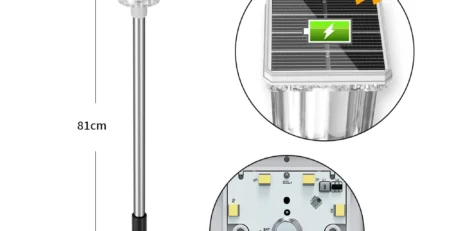
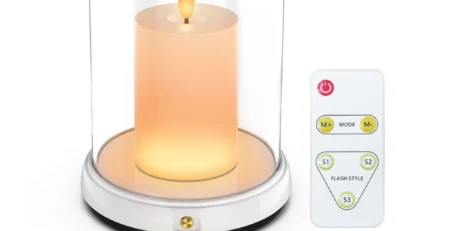
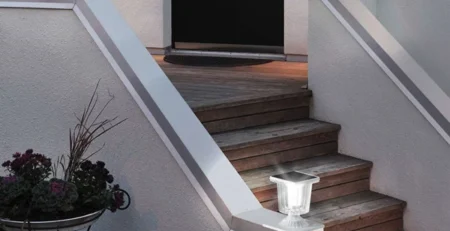

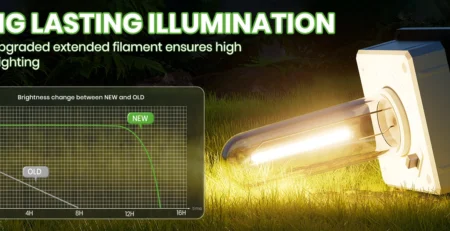
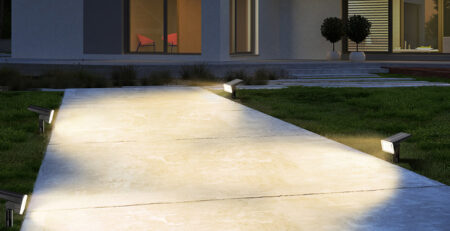
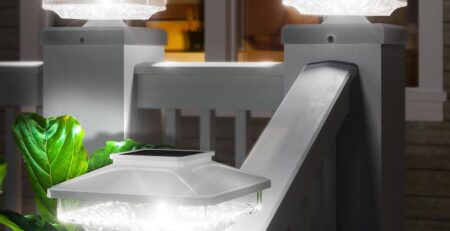

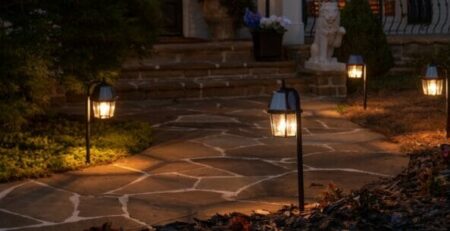

Leave a Reply